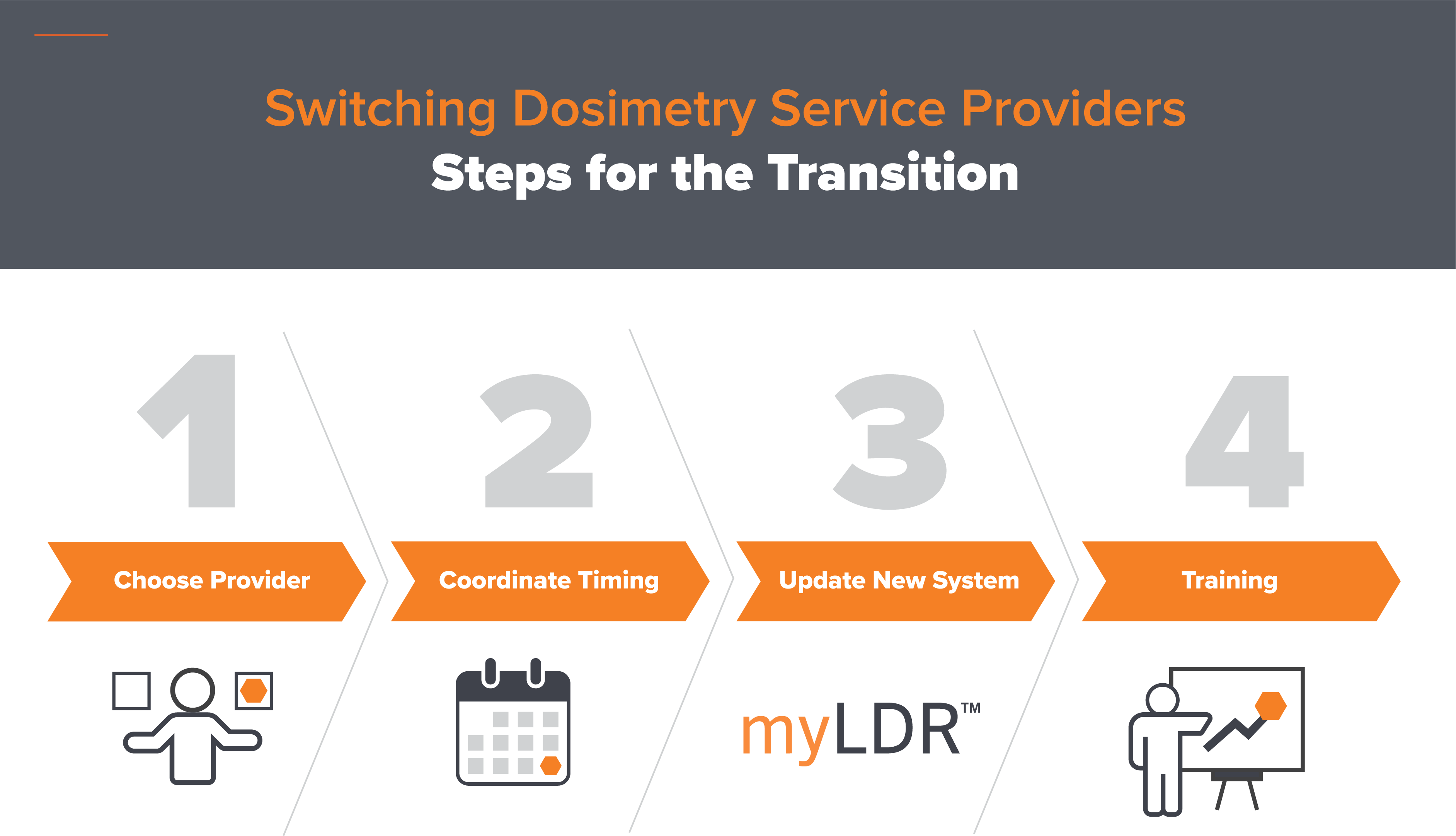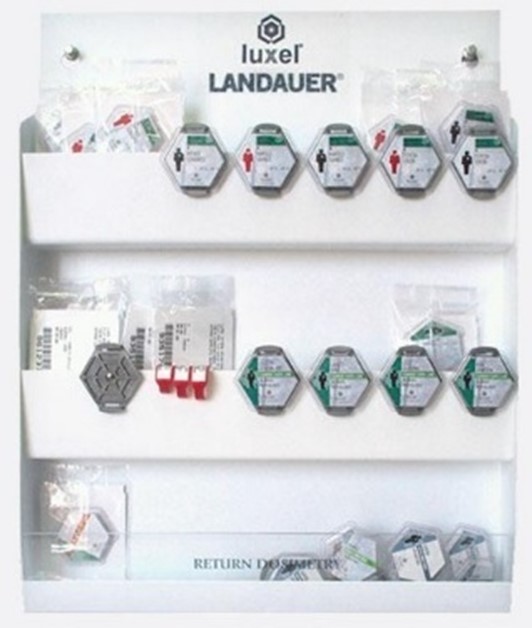
Navigating the Maze of Switching Dosimetry Service Providers
Switching dosimetry service providers can be a complex process that requires careful planning, especially for large organizations with multiple locations. Here's a comprehensive guide to help you transition smoothly between dosimetry solutions in healthcare, divided into three key phases.
Prework for Switching Dosimetry Service Providers
The prework phase is crucial for setting the foundation of a successful transition. It involves assessing your current program, defining requirements, and preparing stakeholders. Begin by reviewing your existing account structure and dosimeter assignments. The summary report for your dosimetry account will provide this information.
Consider the types and number of dosimeters used for different roles and purposes (interventional radiologists, nuclear medicine staff, etc.) and determine optimal exchange periods based on radiation exposure levels. The frequency of dosimeter exchanges should be tailored to the specific needs of your organization and the radiation levels encountered by personnel. For areas with higher radiation exposure, more frequent exchanges may be necessary.
Define your requirements by identifying necessary reports and data formats. Do you need individual and summary reports? Do you need monthly, quarterly, and annual reports? Do you need data in a format that can be merged into a spreadsheet or database program (e.g., .xls, .xlsx, .ods, .db., .csv)? You will also need to determine if you need to monitor neutron exposure or extremity monitoring in addition to whole-body dosimetry.
When preparing for internal stakeholders, involve all relevant departments (e.g., Radiation Safety, Radiology, Nuclear Medicine, etc.), designate a project lead from a transition team, and inform all affected employees of the impending change.
The Transition Process
The transition process involves selecting the new dosimetry service provider, planning the transition, setting up the new system, and training staff.

Step 1: Choose Provider
Evaluate potential dosimetry service providers based on NVLAP certification, services offered, and pricing (check out this list from the Washington State Dept. of Health), and issue a Request for Proposal (RFP), which outlines your specific requirements for the project, including deliverables, timeline, and evaluation criteria.
Step 2: Coordinate Timing
Review contract terms carefully, especially regarding termination and data ownership. Plan for the return of dosimeters and dose results and the management of employee dose data upon termination. Set a precise end date with your current provider and coordinate the final exchange of services, ensuring all historical dose records are transferred to the new provider.
Step 3: Update New System
Configure your account in the new dosimetry service provider's management platform, such as myLDR, and import dosimetry user data and assignments. Test the new dosimetry management platform before full implementation.
Step 4: Training
Train staff on accessing reports, monitoring dose levels, and troubleshooting common issues. Provide instructions on proper wear and use of new dosimeters, highlight any changes in exchange procedures or reporting, and promptly explain how to report and replace lost dosimeters.
Post-Transition
The post-transition phase focuses on implementing new procedures, monitoring compliance, utilizing dosimetry service provider resources, and conducting periodic reviews.
A dosimeter Badge Board can easily collect, store, and distribute dosimeters from one convenient location. This system can help ensure timely exchanges to avoid processing delays when paired with reminder emails to appointed dosimetry coordinators.

Remember to review dose reports and address any anomalies promptly and regularly. Some dosimetry solutions allow individuals to access their dose results, history, and documents for annual reporting, such as Form 5. Take advantage of customer support for troubleshooting and questions.
Don't forget to assess the new dosimetry service provider's performance against the requirements initially specified in the RFP and obtain staff feedback. Your dosimetry service provider's products and services (e.g., dosimeters and dosimetry management software) will likely be upgraded and updated. Make sure to stay up to date on the latest technology by following LANDAUER socials.
Ready to explore new dosimetry solutions?
You can ensure a smooth transition to your new dosimetry service provider by prioritizing partnerships and adhering to regulatory requirements, such as NVLAP accreditation standards. Emphasize staff safety during training, including promptly reporting lost dosimeters and not sharing dosimeters to maintain a safe work environment. Fill out the form to speak to an expert!

